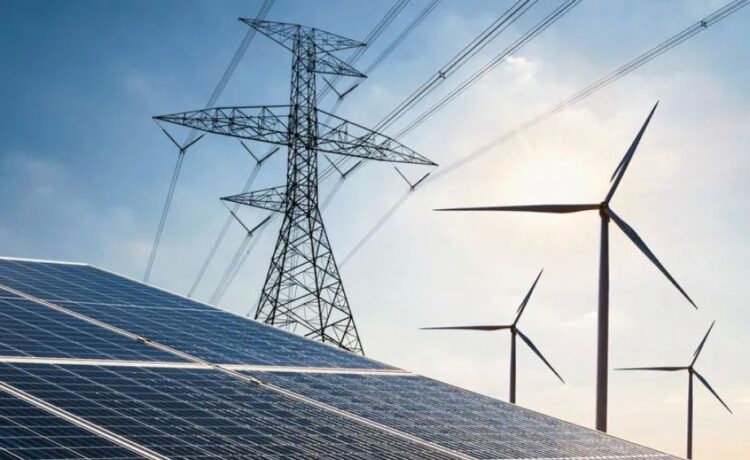By Alimat Aliyeva
The International Energy Agency (IEA) has published the “Global
Energy Outlook 2024” (“World Energy Outlook 2024”),
Azernews reports.
The report examines scenarios that will shape the global energy
landscape in 2024 – renewable sources, electric mobility, LNG,
artificial intelligence and uncertainty in electricity demand due
to abnormal heat.
The report emphasizes that geopolitical risks remain a serious
challenge to global energy security. However, key market balances
are weakening, creating more intense competition between different
fuels and technologies. Thus, in the second half of the 2020s,
there may be a significant increase in production capacity for key
clean energy technologies such as solar photovoltaic (PV) systems
and batteries, as well as an oversupply of oil and LNG.
The IEA believes that accelerating clean energy production in
the face of low fossil fuel prices poses various challenges. Thus,
in 2023, more than 560 gigawatts (GW) of new renewable energy
sources were added worldwide. Investments in clean energy projects
are approaching $2 trillion per year, which is almost double the
total amount spent on new supplies of oil, gas and coal. This
capital increase increased the renewable energy production capacity
from 4,250 GW today to a projected 10,000 GW by 2030 in the STEPS
scenario. Although this is below the triple target set at COP28, it
is sufficient to meet the projected growth in global electricity
demand.
The Agency also notes that the use of clean energy varies in
different technologies and countries. For example, China provided
60 percent of the world’s renewable energy capacity added in 2023.
According to the IEA, it is expected that in the early 2030s, the
production of solar photovoltaic energy in China will exceed the
current demand for electricity in the United States. The report
highlights the challenges of integrating this new renewable energy
into energy systems and questions whether infrastructure expansion
will meet demand.
The report highlights that as the world moves towards a more
electrified energy system, global demand for electricity is
growing. Over the past decade, electricity consumption has grown
twice as fast as total energy demand, with two thirds of this
growth coming from China. Driven by factors such as light industry
consumption, electric mobility, cooling systems and artificial
intelligence data centers, global electricity demand is projected
to increase by 6 percent, or 2,200 terawatt hours, in 2035 compared
to the previous year’s forecast.
According to the IEA, although artificial intelligence and data
centers are important, they are not the only factors driving the
growth of electricity demand. Thus, more frequent and intense heat
waves and higher standards for appliances such as air conditioners
could increase global cooling demand by more than 1,200 terawatt
hours by 2035, equivalent to the entire electricity consumption in
the Middle East.
The agency highlights the potential for a faster transition to
clean energy through extensive production facilities for
technologies such as solar photovoltaic systems and lithium-ion
batteries. According to the report, solar energy production will
increase sixfold and exceed 1,100 GW per year.
The World Energy Outlook 2024 concludes with a clear message:
the world has the opportunity to accelerate the movement towards a
cleaner energy future, but this requires concerted global action.
According to the report, investments in clean energy, policy
commitments and technological innovations are crucial to meet the
growing demand for energy while reducing dependence on fossil
fuels.
The IEA predicts that by 2030, clean energy may be enough to
meet all new global energy demand. However, challenges remain,
especially in achieving goals such as doubling the global rate of
energy efficiency improvement by 2030. According to the report,
despite the progress made, without a stronger political framework
and coordinated international efforts, it will be difficult for
humanity to achieve these goals.
—
Follow us on Twitter @AzerNewsAz















